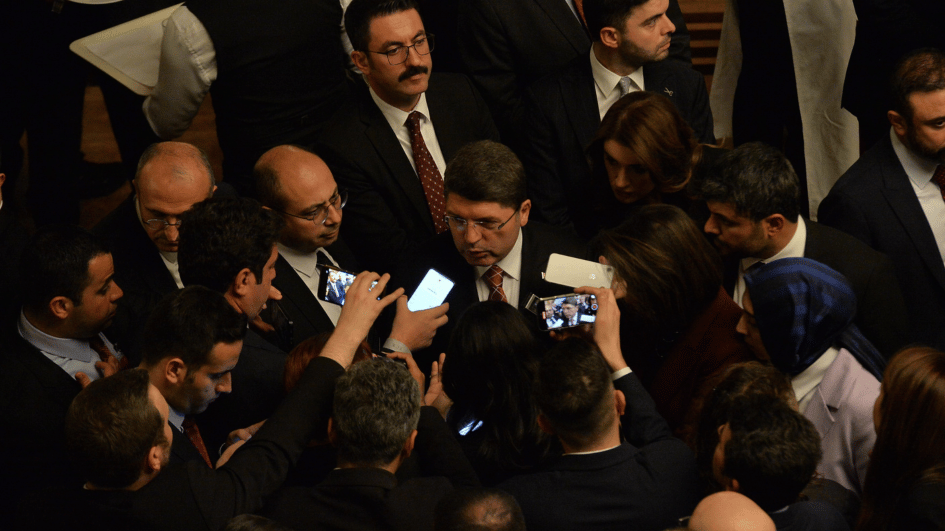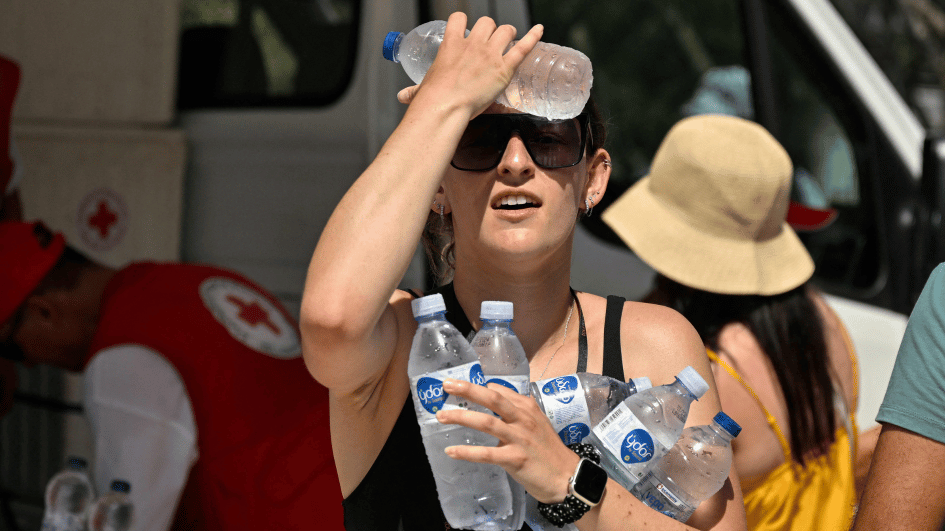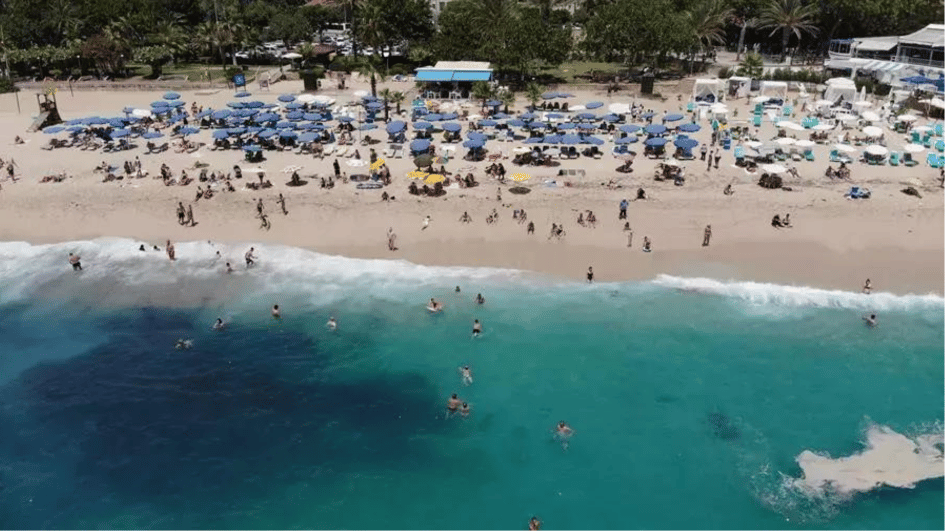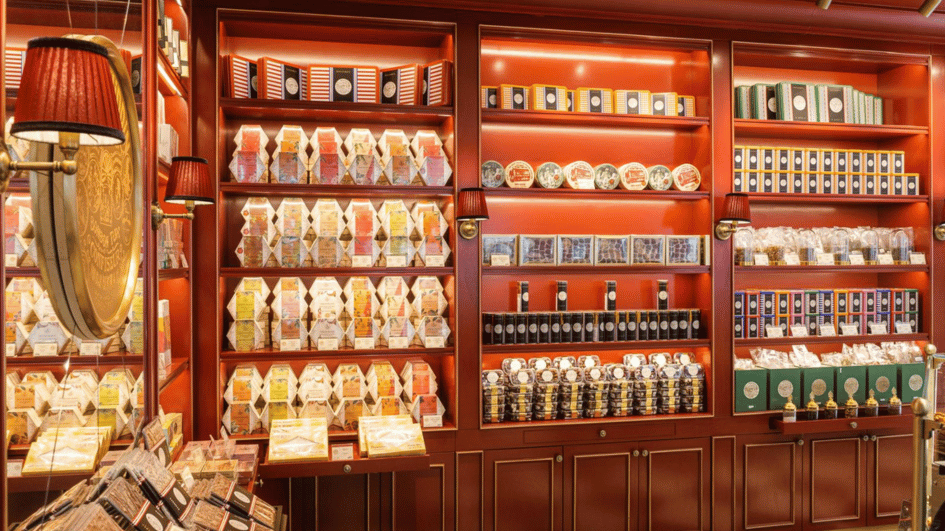Poles and Turks, six centuries on
Niki GAMM
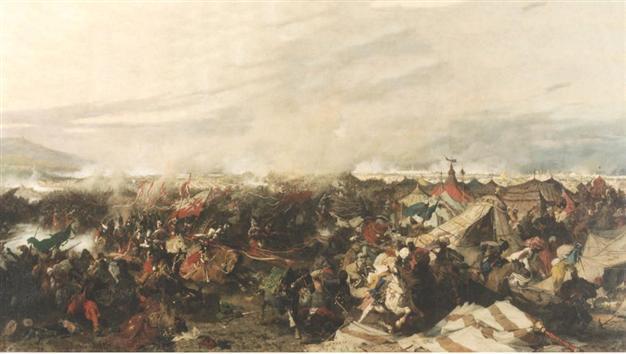
Battle of Vienna, Jozef Brandt (1841-1915), 1873.
The year 1414 is considered the year in which the Ottomans and the Poles first made official contact, although it’s possible that individuals had met during one of the many battles in the Balkan region. This was a time of expansion for the Ottomans as they recovered from the disastrous defeat inflicted on them by Timur-i Leng (Tamerlane) in 1402 and the subsequent fight over the throne. Mehmed I Çelebi emerged victorious in 1413. From then until his death, the sultan tried to concentrate on consolidating his rule and setting up a state government. He only engaged in wars that were forced upon him, preferring to keep the peace, and that may be why he received a diplomatic mission from Poland (Lehistan in Ottoman Turkish).The mission came about when the King Sigismund of Hungary felt directly threatened by the Ottomans. He wanted help from Wladyslaw Jagiello, the king of Poland and Witold, the grand duke of Lithuania, both of whom were reluctant to provide military support. Contacts had been established with the Ottomans as early as 1411, but it wasn’t until 1414 that these became official. The Polish king sent two royal envoys: Skarbek of Gora and Gregory the Armenian to Sultan Mehmed I Çelebi, who at that time resided in Bursa.
According to Krzysztof Wawrzyniak in his thesis, “Ottoman-Polish Diplomatic Relations in the Sixteenth Century,” the sultan greeted the envoys very warmly. Wawrzyniak quotes from the 15th century Polish chronicle by Jan Dlugosz, “King Wladyslaw, who is genuinely sorry for the Hungarians and wants to remove the threat hanging over them, sends two of his knights, Skarbek of Gora and Gregory the Armenian, to the sultan, demanding that he stop his invasion of Hungary, release all his prisoners and conclude a truce for six years, otherwise the king will attack the sultan with all his forces. The sultan receives the two envoys graciously and generously provides them with everything they need. He invited them to several banquets and finally promises to end hostilities and conclude a six-year truce with Hungary. To add weight to his promise, he agrees to send his own envoys to Hungary.

Medal presented to Pope Clemens X in
commemoration of the Ottoman banner
taken by the Poles at Hotim (Chocim) in
1673. On the obverse a bust of the pope,
on the reverse the presentation of the
banner.
Later diplomatic missions were exchanged between Poland and the Ottoman Empire, for example the Ottomans sent missions in 1443, 1478 and 1499 and more frequently after that. The relationship between the Ottoman Empire and Poland and later between Turkey and Poland has continued for the most part on friendly terms for 600 years. Among the instances that standout is what happened after Austria, Prussia and Russia attacked and partitioned Poland in 1795. The Ottoman state refused to recognize the right of the invading powers to partition Poland and in palace protocol the place of the Polish ambassador was preserved. On formal state occasions it was always declared that the Polish ambassador was “delayed on his journey and so unable to attend.”
On another occasion, following an uprising in Poland in 1842, some of the rebels took refuge in the Ottoman Empire and were granted land on which to settle. That is today’s village of Polonezköy. Their descendants still live there and do their utmost to keep many of the traditions that they inherited.
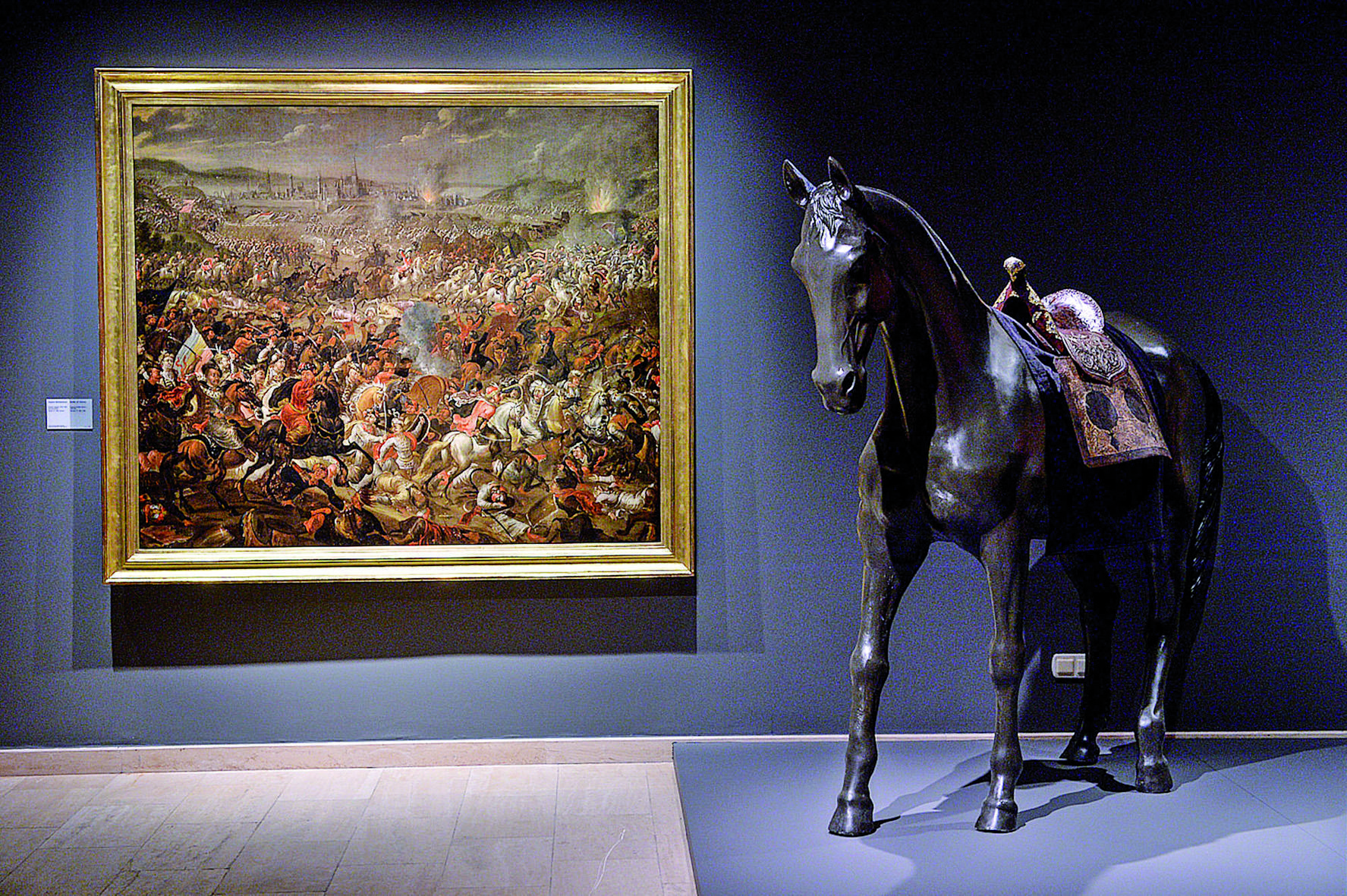 Sabancı Museum celebrates the 600 years of relations
Sabancı Museum celebrates the 600 years of relationsSabancı University’s Sakıp Sabancı Museum is hosting an exhibition entitled “Distant Neighbor, Close Memories: 600 Years of Turkish-Polish Relations” in celebration of the 600th anniversary of relations between Turkey and Poland. “Commercial and cultural relations between Poland and Ottoman Turkey, which began in the 15th century and reached their zenith in the 17th and 18th centuries, made major contributions to the arts in both countries, in particular influencing the tastes, dress and way of life of the Polish elite. Since a relationship going back 600 years could not be represented by material from Poland alone, we were obliged to find a contemporary Ottoman equivalent for every object brought from that country,” Sabancı Museum Director Dr. Nazan Ölçer recently said.
“We have always upheld the principle that history should not be just a series of victories and defeats, so one of our main aims has been that this exhibition should reveal the factors lying behind these and penetrate the power equations and human personalities with all their strengths and weaknesses. The objects, documents and pictures included in this exhibition demonstrate that notes taken by a contemporary observer can sometimes provide more insight than long historical accounts, and that even battlefields can have an aesthetic dimension,” she said.
The exhibition opened under the patronage of the presidents of Turkey and Poland, supported by the ministries of foreign affairs and culture in both countries. Exhibits loaned from the collections of 35 of Poland’s major museums, archives, libraries, monasteries and churches and from Turkish sources total 348 objects.
The exhibition covers a period beginning in the first half of the 15th century and continuing with trade, peace and war up to the late 17th century, when the Second Siege of Vienna became a turning point not just in relations between Ottoman Turkey and Poland, but also in the history of Europe.
Among the documents, paintings and other objects in the exhibition are an oil portrait of Hürrem Sultan, the favorite wife of Sultan Süleyman the Magnificent, and the letter she wrote to King Sigismund Augustus; portraits of King Jan III Sobieski of Poland, remembered for his accomplishments in the first and second battles of Hotim (Chocim) and the Siege of Vienna, and members of his family; and a treatise on the Islamic faith written by the Polish born Wojciech Bobowski (Ali Ufki Bey, 1610-85), Ottoman government interpreter and musicologist.
The exhibition is running between March 7 and June 15. There are also lectures, films and a special menu at the museum’s Changa restaurant.


